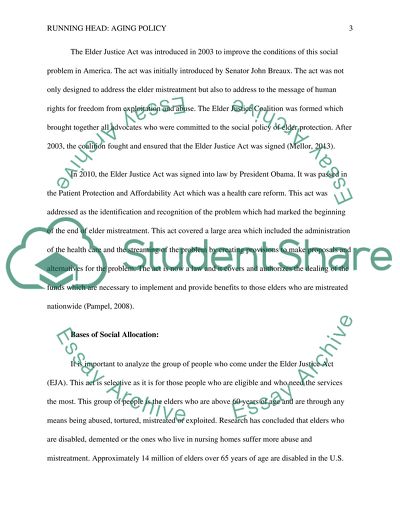Cite this document
(“Health Care and Aging Policy Analysis Research Paper”, n.d.)
Retrieved de https://studentshare.org/law/1492497-health-care-and-aging-policy-analysis
Retrieved de https://studentshare.org/law/1492497-health-care-and-aging-policy-analysis
(Health Care and Aging Policy Analysis Research Paper)
https://studentshare.org/law/1492497-health-care-and-aging-policy-analysis.
https://studentshare.org/law/1492497-health-care-and-aging-policy-analysis.
“Health Care and Aging Policy Analysis Research Paper”, n.d. https://studentshare.org/law/1492497-health-care-and-aging-policy-analysis.


